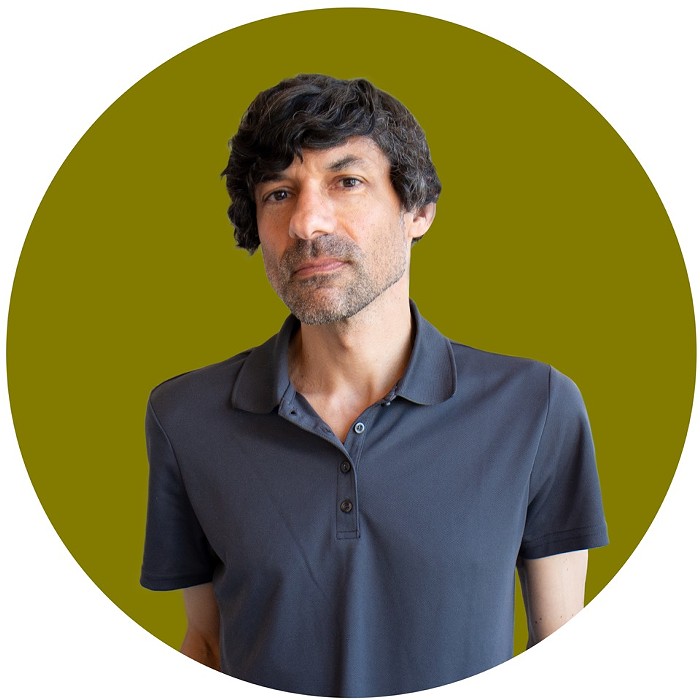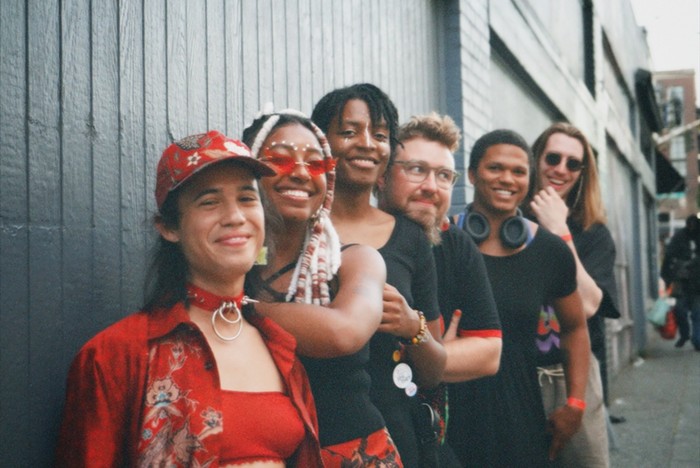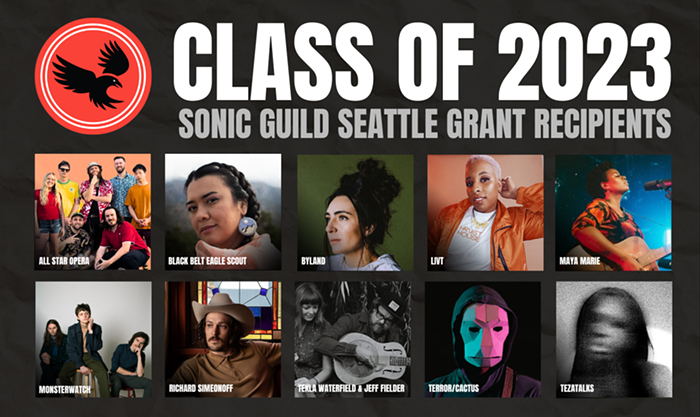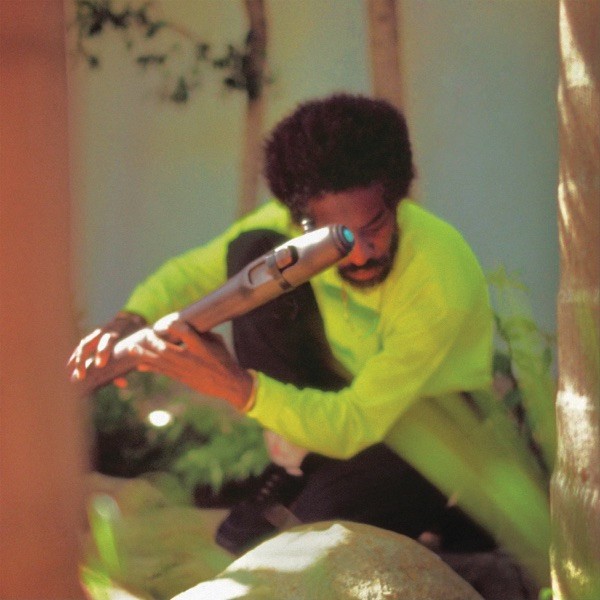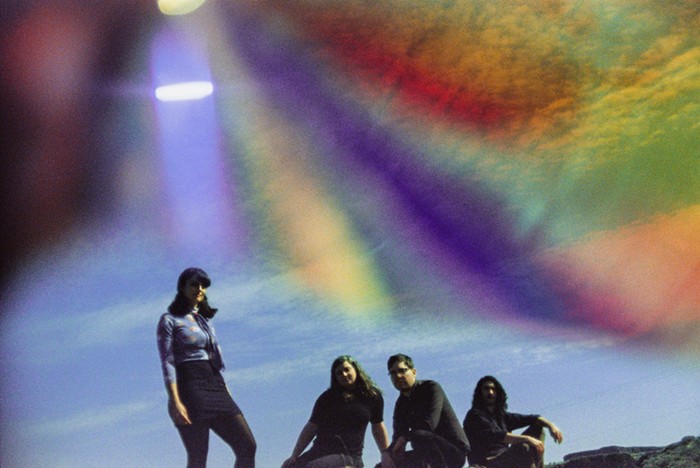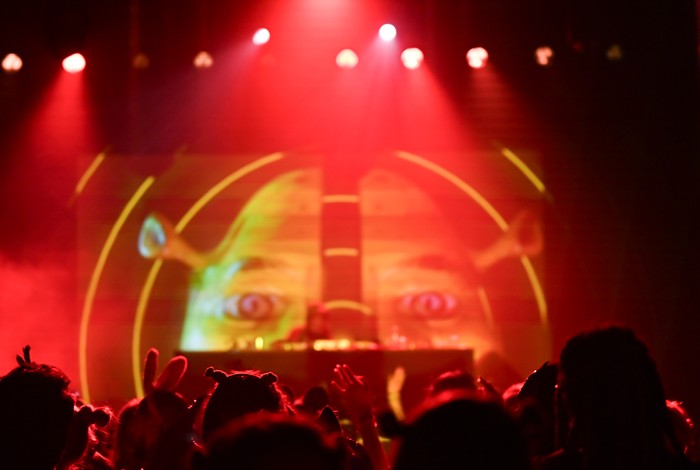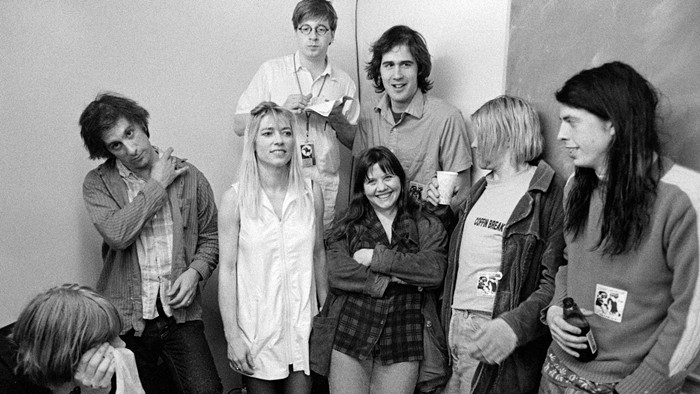Among hiphop cognoscenti, a fervent cult has arisen around the late Detroit producer/MC J Dilla. (Dilla haters are scarcer than antiweed rap songs.) Dilla’s influence during his brief life (1974–2006) spread like a benevolent virus to other beatmakers, and it’s only increased since his death.
Why the prevalent sentiment that Dilla (aka Jay Dee, James Yancey) is the greatest of all time? On the anniversary of his birth, we asked some of the city’s most knowledgeable and talented DJs to explain why his music triggers such devout feelings.
DJAO
Everything J Dilla really begins and ends with Donuts, for me. It came out my second year of college; my friend asked me to get an advance copy of it for him, and I took a minute to listen. I didn’t know why I liked it, at first. I now know why—because it’s perfect. Which does leave it a little bit beyond formal evaluation.
I pull [Donuts] out when I want to be reminded of the power of music, of why I make music. Among other things, this album helped me through a bad acid trip in college, a perfect synthesis of misery and gratitude. I listened to the Recipe for Tasty Donuts compilation while staring out the passenger side of an SUV in Costa Rica, as it ascended a perilous one-lane dirt road up a mountain, massive buses rounding corners in the “opposite lane,” aka our lane, knowing I could die in the next five minutes, ultimately reaching the wildlife preserve we were headed toward, at peace with the entire experience. I guess in some ways I rely on the album to center me during tough times, the way you might rely on a partner, parent, or close friend to speak to you honestly.
J-JUSTICE
Like most people, I discovered J Dilla through his work with Slum Village. I would be riding around in my homie Dr. J’s car listening to Fantastic, Vol. 2 over and over. He’d have to transfer it from CD to tape a few times a year, as we’d wear out the cassette.
What grabbed me the most about Slum Village was how it was both sexy and hard at the same time. They would drop some graphic rhymes about sex and then remind you they had a gun under the front seat. It was both fun and playful and dark and serious. Also, the production was just smooth and simple. You could hear every sample and follow it from how Jay Dee flipped it, back to the original.
You know the jam you put on before you are ready to hit the town? For me, it’s the Jaylib album [2003’s Champion Sound]. I’ve bought that CD at least five times over. It hits so hard, has such contagious energy, and is funky as hell. The shit gets me so amped! I can’t tell you how many times we bumped “Strip Club” during my bachelor party weekend in LA.
I think the most important event for me, though, was being able to bring the LA production crew Mochilla to Seattle for a screening of their Suite for Ma Dukes music film. They had put together an orchestra to perform a concert of Dilla’s tunes and shot the whole thing. When you hear a piece of popular music arranged for an orchestra, it really speaks to the timelessness and transcendent quality of the piece. The performance showed how his music was so much more than beats and rhymes. It had life.
DJ SUPREME LA ROCK
He is so good at taking small noises and parts of stuff and rearranging ’em to make a soulful composition. [Dilla] can take the stupidest record you wouldn’t even think of using or isn’t even funky and flip it into something magical. He was way ahead of his time and spawned a nation of clones and wannabes. From the swing in the off-beat drums that somehow end up landing and dropping right back on beat to the way he layers his samples in key and makes ’em harmonize, he was a sampling, producing genius. Pete Rock, Premier, and Dr. Dre are great and use the same methods when producing, but they are nowhere close to J Dilla. He hung out at strip clubs, wore fur coats and diamonds, and rapped about fancy cars, yet the underground and backpackers embraced him. Probably because it was genuine and done with soul that you could feel, unlike the manufactured fabricated fantasyland most mainstream rappers are in today who rap in a nursery-rhyme flow over a two-note, horse-crap track.
ALEX RUDER
The way Dilla programmed his drums is still a key legacy. The woozy, sorta drunk, beautifully off-beat drums are seemingly omnipresent in the beats of contemporary producers from all over the world. And his ability to chop a vocal sample and turn it into something supremely soulful yet dreamy and hazy has influenced musicians across multiple beat-oriented genres. Aside from the music, though, I just dig the general vibe that surrounded James Yancey. His style was innovative and distinctive, and his personality shines through in his productions, yet he was far from a diva or egomaniac that typically characterizes artists with such amazing talent. He just seemed like a chill, humble, quiet genius who was all about the music and not concerned about the spotlight.
WD4D
The first time I became aware of Dilla was when I heard the Pharcyde’s “Runnin’.” It has that bossa-nova guitar sample and the signature shuffle on the drums. It was really different from the Pharcyde I was used to—a lot more mature. Beautiful, even. Really embodied a lot of emotion. I was pretty much hooked from that moment on. That’s gotta be the number one reason Dilla’s work has been so influential. He helped bring heart, soul, and emotion back into the beats. ![]()
